Establishing shot - An establishing shot is used to establish the context of a scene by reflecting the relationship between important figures and objects.
Close up shot - A close up shot is used to tightly frame a person or object. Close ups are common and are usually used with medium and long shots.
This deep eye level close up of the Mad Hatter has been taken from Tim Burtons 'Alice in wonderland'. Using a close up allows the viewer to understand more about the characters personality. The viewer may begin to notice his piercing green eyes with purple circles underneath and pale skin, which suggests that he might be slightly unhinged. Furthermore, this shot utilizes split lighting t create harsh shadows on one side of his face which creates the impression of evil.
Extreme close up - An extreme close-up is used to emphasize a specif feature of the subject by filling the frame. This technique is usually used on eyes, mouths and important objects to make the audience to pay closer attention as these features can be seen in much closer detail.
Medium shot - medium shots are used for dialogue because they allow the audience to notice the characters facial expressions and body language.
This example is taken from 'The Hunger Games',This scene is about the Capitol attempting to turn Katniss and Peeta against each other, so framing them together reminds the viewers of their bond. Furthermore, this scene uses a mid shot to show the confusion of the characters whilst still reminding audiences of the consequences of their actions.
long shot - Long shots are usually used to show an entire object or person, intended to place it in its surroundings. This technique can be used to make a person feel distant and unfamiliar.
This long shot has been taken from one of the the 'Pirates of the Carribian'. A long shot is used to emphasize the idea that the main protagonist Captain Jack Sparrow is being chased by a large group of people, the audience can infer that he is not welcome.
Extreme long shot - An extreme long shot is used to make a character or object look small against their surroundings, making a character feel overwhelmed.
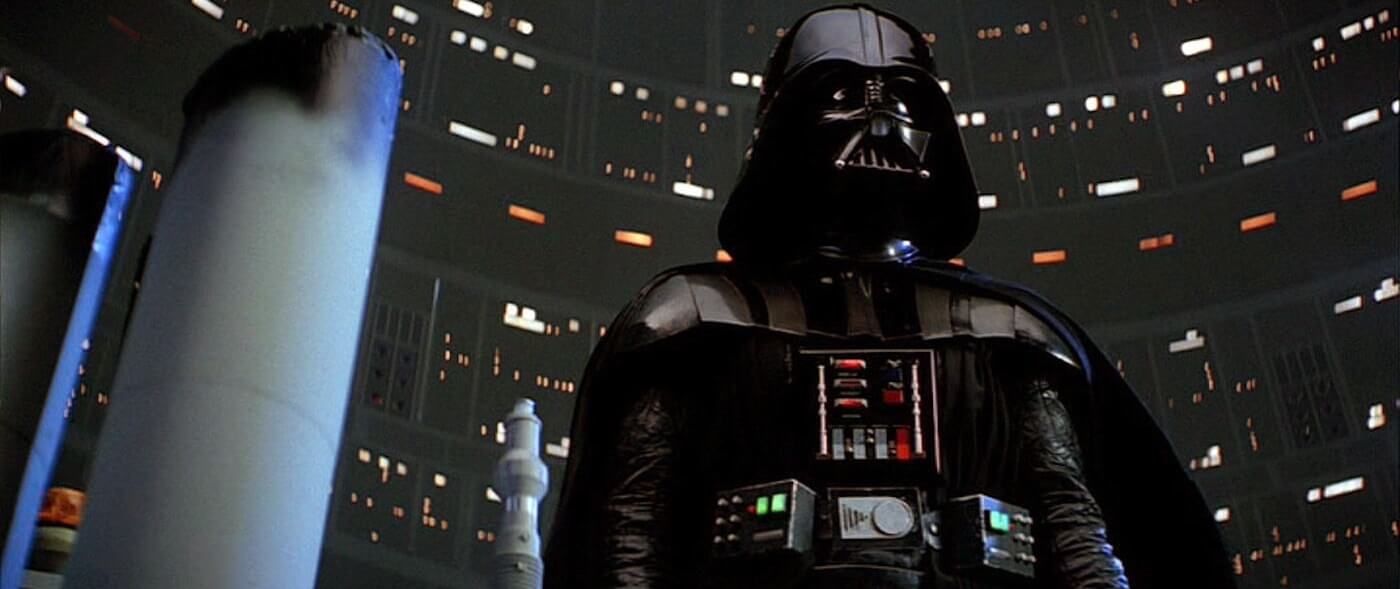 This Low angle shot of Darth Vader, taken from 'The empire strikes back' utilizes a low angle shot to give the impression of a threatening character through the use of dark colours, shadows and harsh angles.This might have a negative impact on the viewer as they can infer that this character is evil and on the 'dark side'.
This Low angle shot of Darth Vader, taken from 'The empire strikes back' utilizes a low angle shot to give the impression of a threatening character through the use of dark colours, shadows and harsh angles.This might have a negative impact on the viewer as they can infer that this character is evil and on the 'dark side'.
The opening shots of 'Bladerunner' are a good example of aerial shots because they help to establish the vast futuristic cityscape as a setting for the film.
Birds eye shot - A birds eye shot is taken from height, looking down on your subject with a substantial amount of scenery surrounding them. This is an effective technique because it creates a sense of scale and movement.
Ground level shot - A ground level shot is when the camera is on ground level with a person or object, this shot is used to capture whats going on the ground your subject is standing on.
Tilted shot - A tilted is shot is done by keeping the camera in a fixed position, but rotating up and down. This motion has similar effects to a person raising or lowering their head.
Over the shoulder shot - An over the shoulder shot is when the composition is framed by whoever is looking at the subject. This shot helps to illustrate the position of each person, it is common to cut between these shots, alternating between different speakers.
This low angle over the shoulder shot is used in the 'Titanic'. Framing the characters together indicates a connection to the viewer, whilst using a low angle shows how Jack leans towards his new love interest.
Point of view shot - A point of view shot is used to show the viewer what the character sees and does, this is an effective technique because it allows the audience to feel fully immersed in the action.

This point of view shot has been taken from the music video for 'Galway girl', written by Ed Sheeran. The is done from a first person perspective, he is seen running, dancing, drinking and getting into a fight. This is an effective technique because it adds a personal touch, will make fans feel included.
Tracking shot - A tracking shot is when the camera is moving with the subject from above, behind or beside them. This can be achieved by using a dolly, Steadicam or gimbals.
Panning shot - A Panning shot is when the camera moves from one side to another on a horizontal axis. This is an effective technique when you want to reveal something to the viewer, or you want them to follow an action.
Swish Pan - A swish pan is when the camera pans from one side of the screen to another, creating a motion blur.
Arc shot - An arc shot is when the camera is circling the subject and reveling it from different angles.
Two shot - A two shot is used to include two people in the frame. The people do not need to be standing beside each other, to make the scene more dynamic you could place on in the background and one in the foreground
This two shot of Violet Baudelaire and her evil uncle Count Olaf uses mis en scene to effectively illustrate the relationship between the characters. Facial expressions are used to indicate the emotions of the individual; Violets face suggests she is scared and anxious, alternatives Count Olaf is looking down on her with a sinister smile which suggests he is trying to manipulate her.
Dolly shot - A dolly shot is created by zooming in on the subject, whilst the camera moves towards or away from the subject using a camera dolly.
;
Close up shot - A close up shot is used to tightly frame a person or object. Close ups are common and are usually used with medium and long shots.
This deep eye level close up of the Mad Hatter has been taken from Tim Burtons 'Alice in wonderland'. Using a close up allows the viewer to understand more about the characters personality. The viewer may begin to notice his piercing green eyes with purple circles underneath and pale skin, which suggests that he might be slightly unhinged. Furthermore, this shot utilizes split lighting t create harsh shadows on one side of his face which creates the impression of evil.
Extreme close up - An extreme close-up is used to emphasize a specif feature of the subject by filling the frame. This technique is usually used on eyes, mouths and important objects to make the audience to pay closer attention as these features can be seen in much closer detail.
Medium shot - medium shots are used for dialogue because they allow the audience to notice the characters facial expressions and body language.
This example is taken from 'The Hunger Games',This scene is about the Capitol attempting to turn Katniss and Peeta against each other, so framing them together reminds the viewers of their bond. Furthermore, this scene uses a mid shot to show the confusion of the characters whilst still reminding audiences of the consequences of their actions.
long shot - Long shots are usually used to show an entire object or person, intended to place it in its surroundings. This technique can be used to make a person feel distant and unfamiliar.
This long shot has been taken from one of the the 'Pirates of the Carribian'. A long shot is used to emphasize the idea that the main protagonist Captain Jack Sparrow is being chased by a large group of people, the audience can infer that he is not welcome.
Extreme long shot - An extreme long shot is used to make a character or object look small against their surroundings, making a character feel overwhelmed.
Low Angle - A low angle shot frames your subject from a low height. this technique is often used to show relationships between characters. It can be used to emphasize a superior character by positioning them above someone they believe is inferior. Comparatively, this technique could also be used to show a deep connection between characters through the use of eye contact and body language.
 This Low angle shot of Darth Vader, taken from 'The empire strikes back' utilizes a low angle shot to give the impression of a threatening character through the use of dark colours, shadows and harsh angles.This might have a negative impact on the viewer as they can infer that this character is evil and on the 'dark side'.
This Low angle shot of Darth Vader, taken from 'The empire strikes back' utilizes a low angle shot to give the impression of a threatening character through the use of dark colours, shadows and harsh angles.This might have a negative impact on the viewer as they can infer that this character is evil and on the 'dark side'.
High angle - A high angle shot is when the camera is pointing down at the subject. This technique is used to make the subject look less powerful and inferior.
Deep focus - A deep focus shot is when everything in the frame is in focus. This is a good technique when you want your audience to pay particular attention to body language, objects or scenery.
This wide shot uses a deep focus to effectively present two opposing forces, about to collide in Detroit. Furthermore, the use of the subtle red tone in the air has connotations of death and war.
Shallow focus- A shallow focus shots is when your subject is in focus while the other scenery out of focus. This limits your depth of field to create emphasis on your subject, making them the focal point of the frame.
This two shot uses a deep focus which pulls the viewers attention to the onscreen conversation the characters are having. Furthermore the use of blue lighting sets the mood of the scene and creates a cold atmosphere.
Aerial shot - An Aerial shot is similar to an establishing shot, it is usually taken using a drone and it establish a large expanse of scenery.
The opening shots of 'Bladerunner' are a good example of aerial shots because they help to establish the vast futuristic cityscape as a setting for the film.
Birds eye shot - A birds eye shot is taken from height, looking down on your subject with a substantial amount of scenery surrounding them. This is an effective technique because it creates a sense of scale and movement.
This image is taken from James camerons' titanic, when Rose attempts to jump of the side of the boat but she is stopped by Jack. A birds eye view shot is used to show the actress hanging of the side of the boat, which creates the impression that the audience are looking from jacks perspective. This is an effective technique because it makes the audience feel emotionally involved, as if they were there.
'Slumdog Millionaire' utilizes tilted angles combined with a range of camera angles such as a birds eye view and low angled frames to effectively illustrate the levels of poverty in the slums. The powerful imagery has an emotive effect on the viewer as they begin to realize how brutal life for a child might be in the slums of India
Over the shoulder shot - An over the shoulder shot is when the composition is framed by whoever is looking at the subject. This shot helps to illustrate the position of each person, it is common to cut between these shots, alternating between different speakers.
This low angle over the shoulder shot is used in the 'Titanic'. Framing the characters together indicates a connection to the viewer, whilst using a low angle shows how Jack leans towards his new love interest.
Point of view shot - A point of view shot is used to show the viewer what the character sees and does, this is an effective technique because it allows the audience to feel fully immersed in the action.

This point of view shot has been taken from the music video for 'Galway girl', written by Ed Sheeran. The is done from a first person perspective, he is seen running, dancing, drinking and getting into a fight. This is an effective technique because it adds a personal touch, will make fans feel included.
Tracking shot - A tracking shot is when the camera is moving with the subject from above, behind or beside them. This can be achieved by using a dolly, Steadicam or gimbals.
This tracking shot has been taken from
Goodfellas', has been shot in one continuous take using a gimball. The couple are being tracked from behind, this is an effective techniques because it creates the impression that the audience are following them, making them feel part of the action.
Panning shot - A Panning shot is when the camera moves from one side to another on a horizontal axis. This is an effective technique when you want to reveal something to the viewer, or you want them to follow an action.
Swish Pan - A swish pan is when the camera pans from one side of the screen to another, creating a motion blur.
Arc shot - An arc shot is when the camera is circling the subject and reveling it from different angles.
This scene from 'Carrie' uses an arc shot to reflect the main characters emotions. The dancing seems fairly stationary, however
the camera circles around the couple at a low angle, which helps to capture this special moment for the teenager, but it also helps to reflect Carries inner emotions of joy and happiness.
Two shot - A two shot is used to include two people in the frame. The people do not need to be standing beside each other, to make the scene more dynamic you could place on in the background and one in the foreground
This two shot of Violet Baudelaire and her evil uncle Count Olaf uses mis en scene to effectively illustrate the relationship between the characters. Facial expressions are used to indicate the emotions of the individual; Violets face suggests she is scared and anxious, alternatives Count Olaf is looking down on her with a sinister smile which suggests he is trying to manipulate her.
Dolly shot - A dolly shot is created by zooming in on the subject, whilst the camera moves towards or away from the subject using a camera dolly.
;
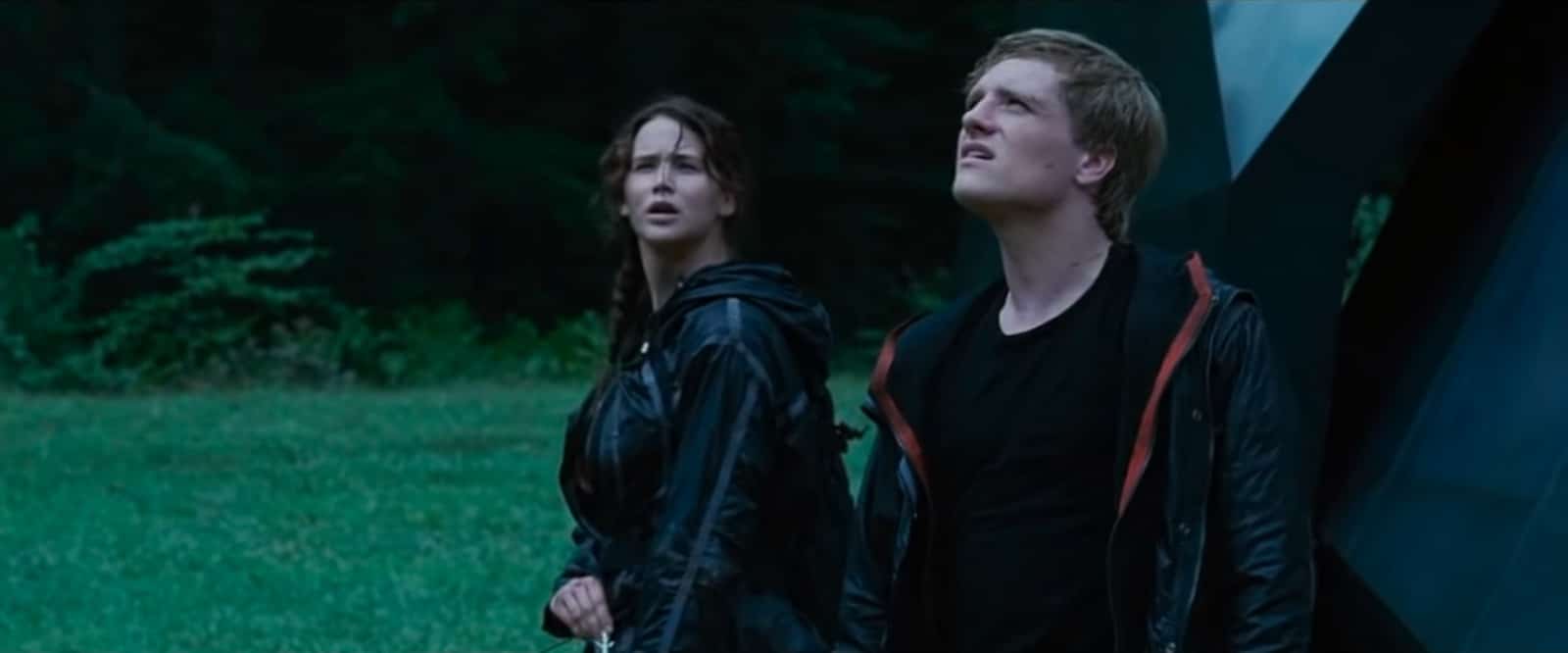
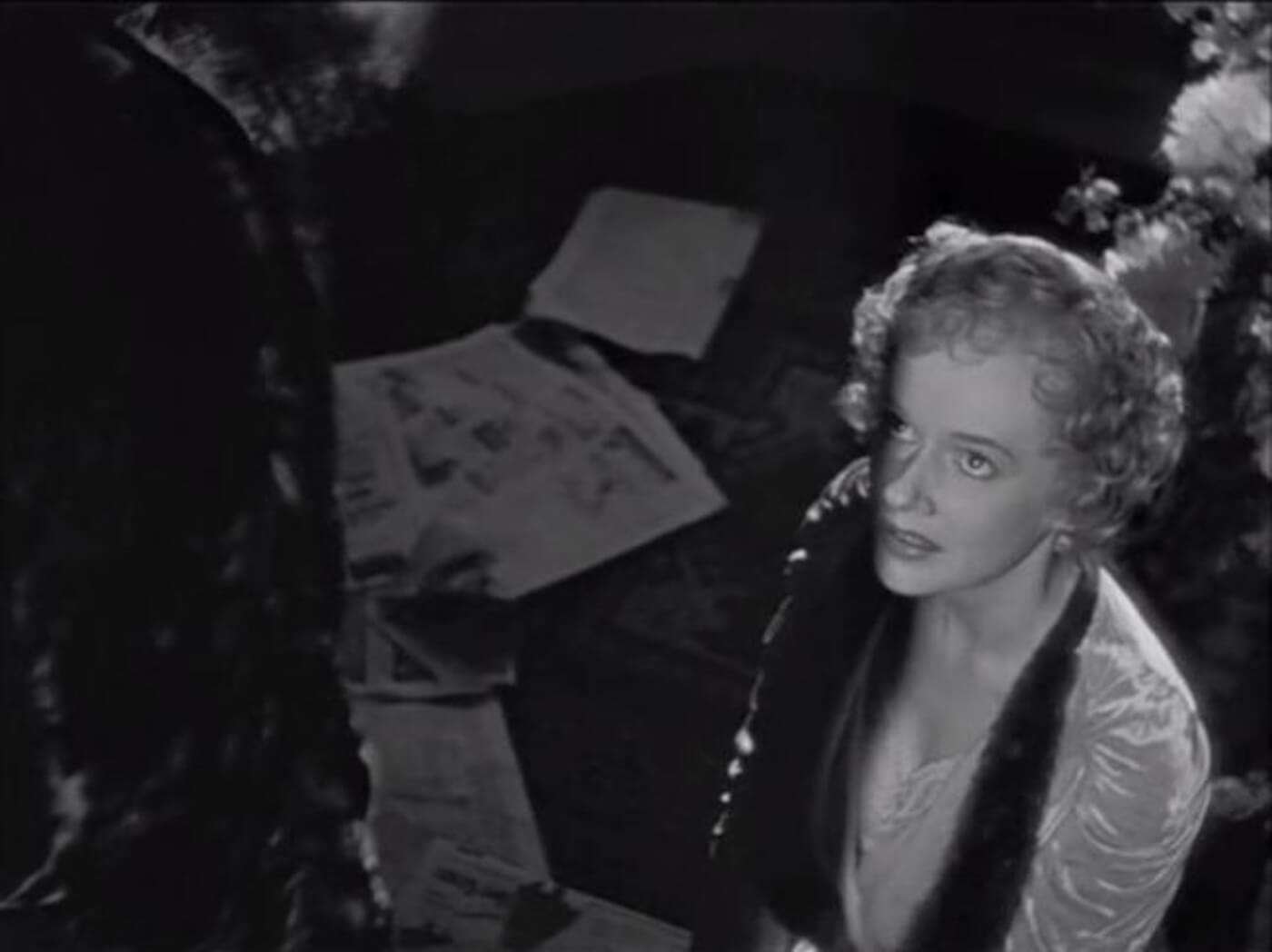
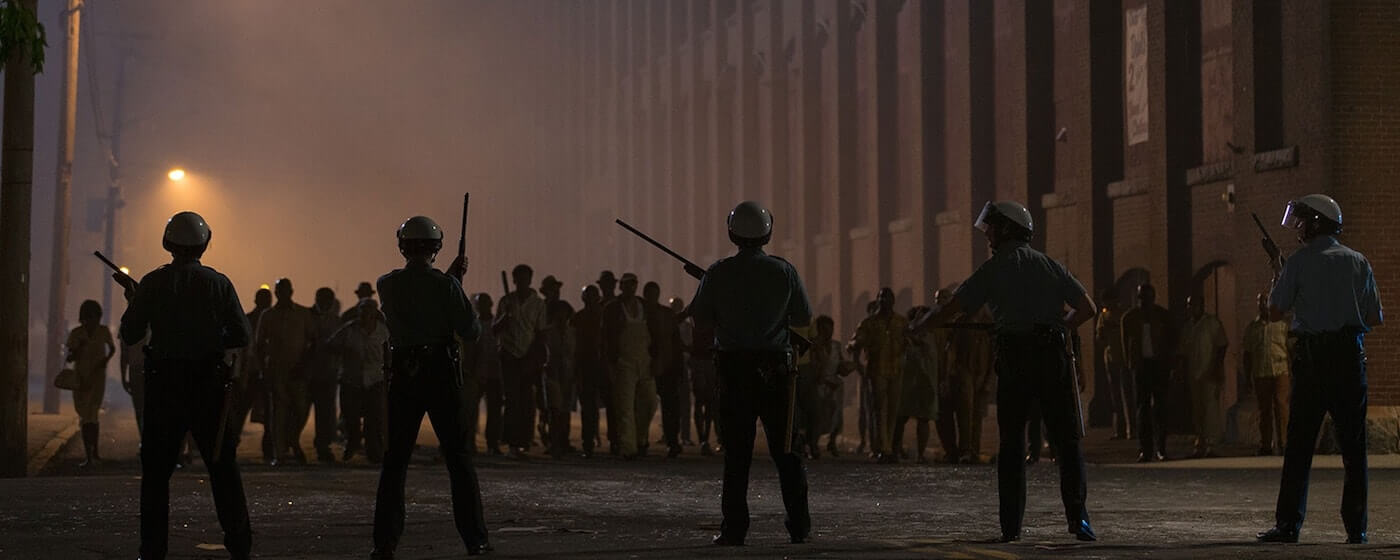
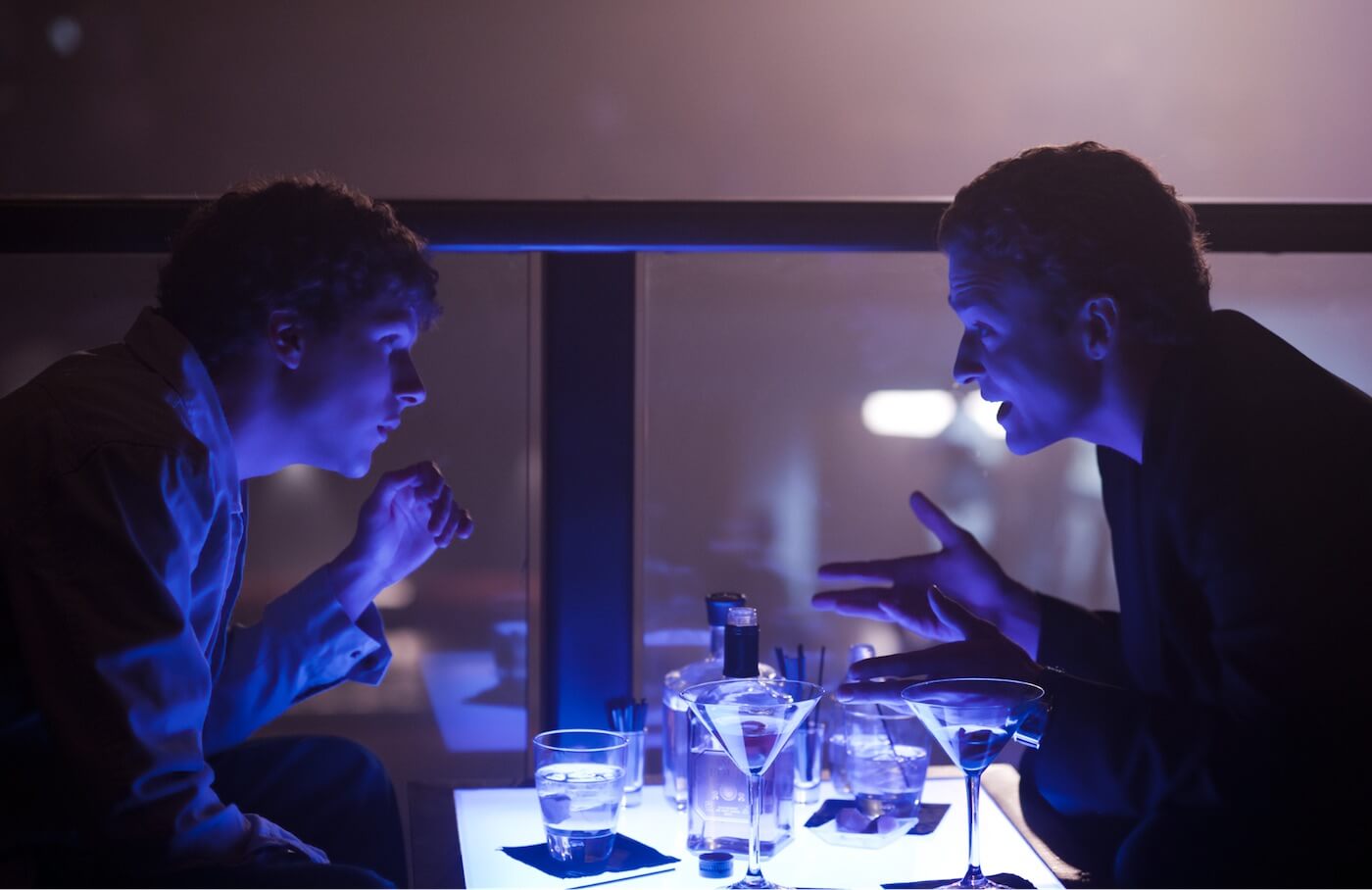

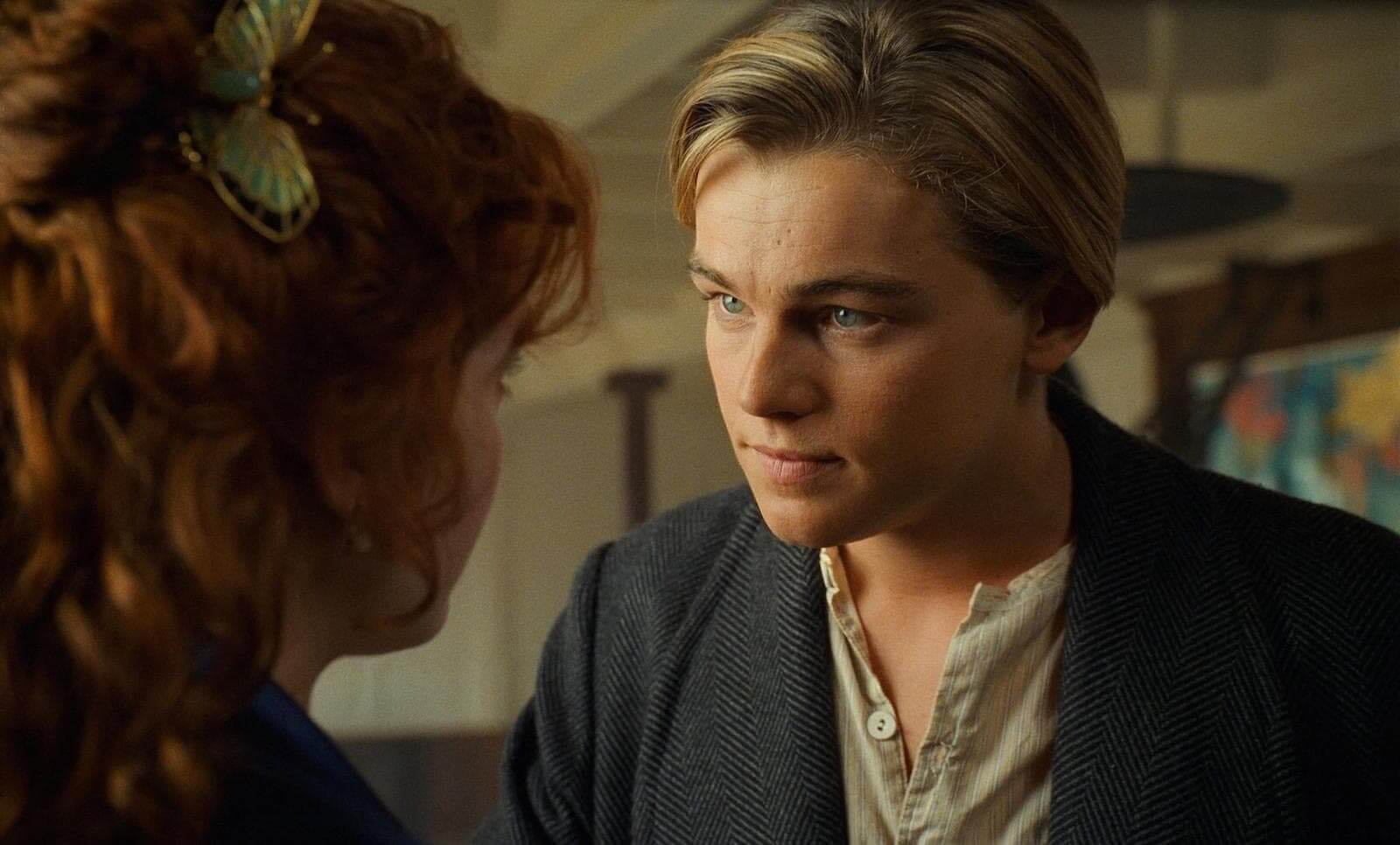
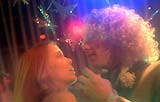

Comments
Post a Comment